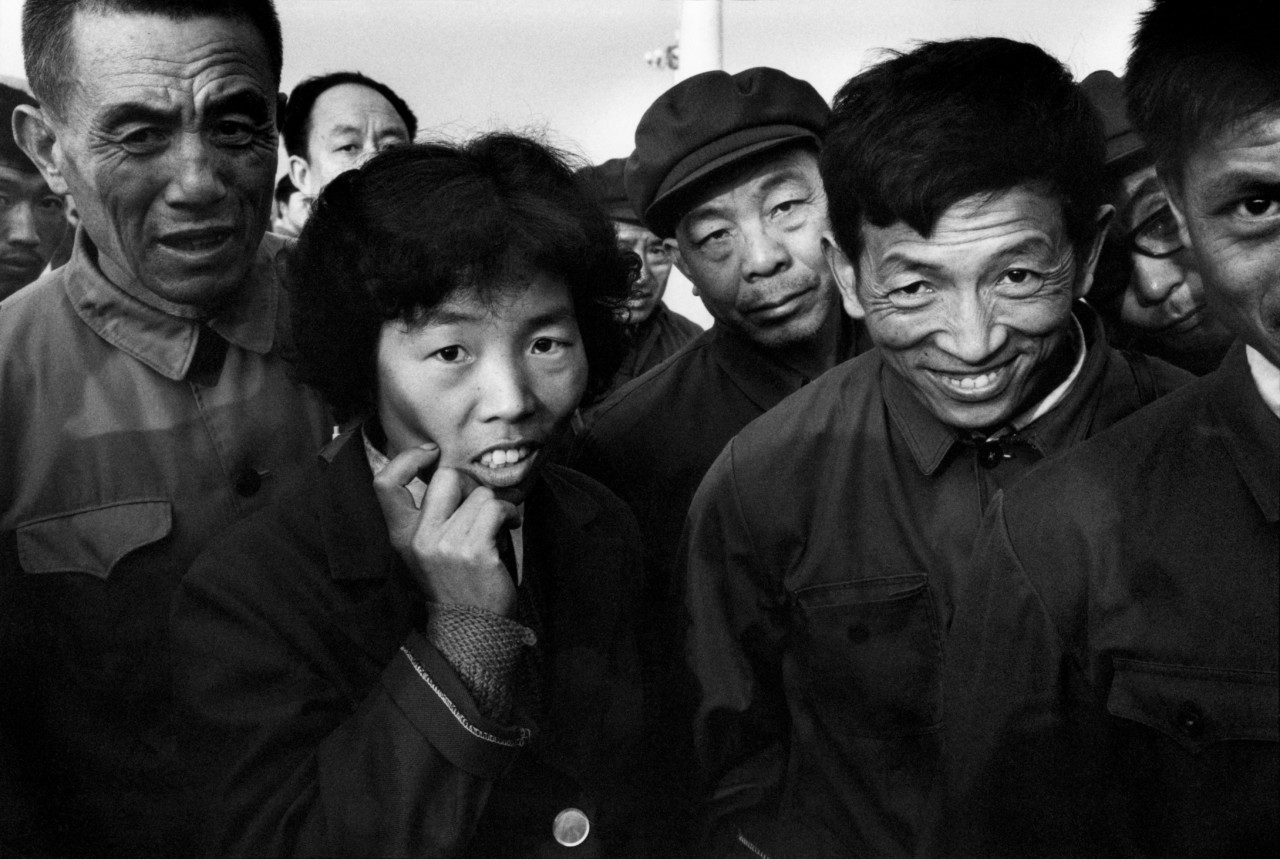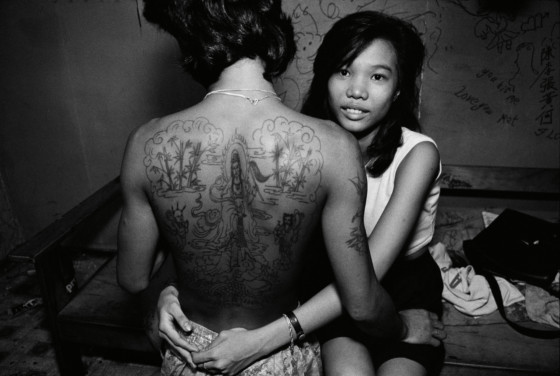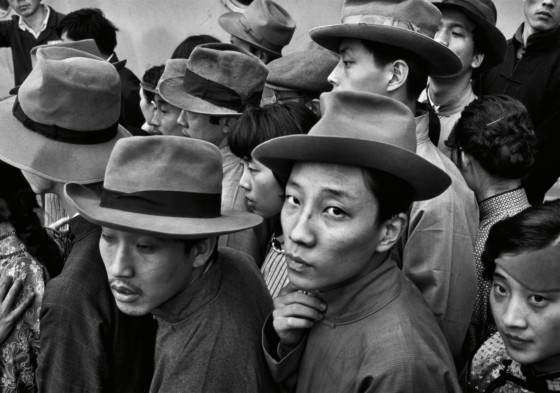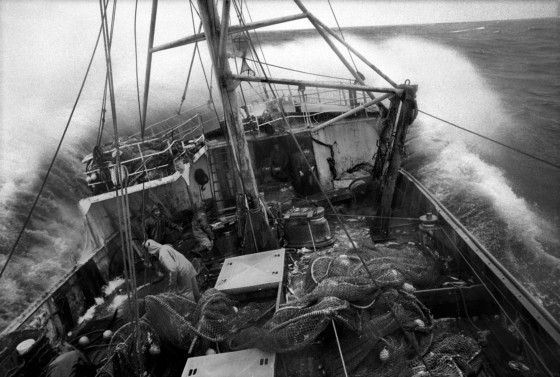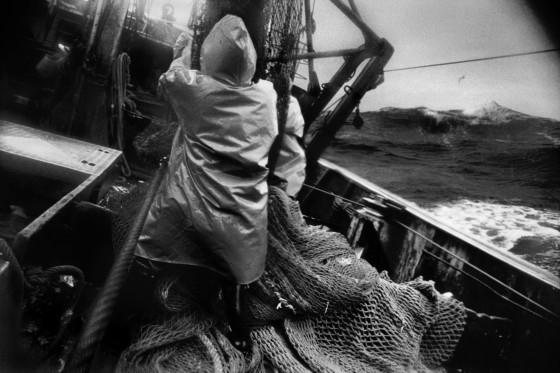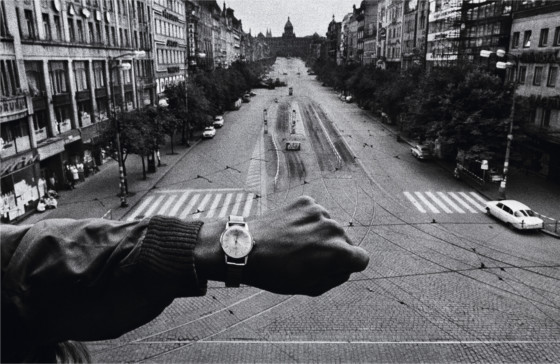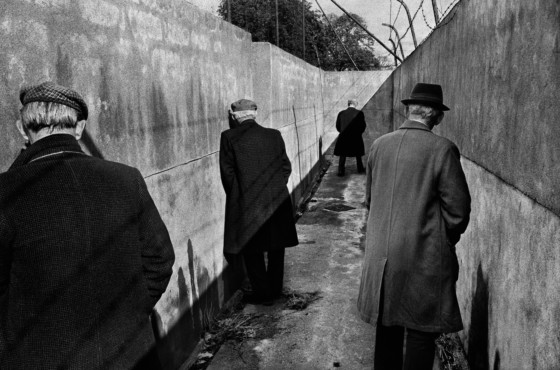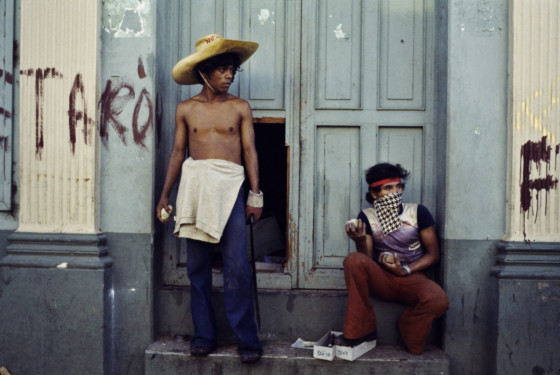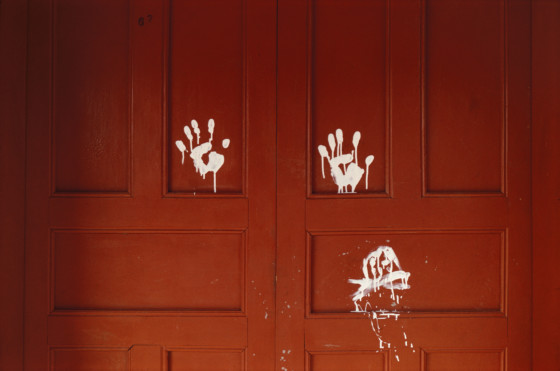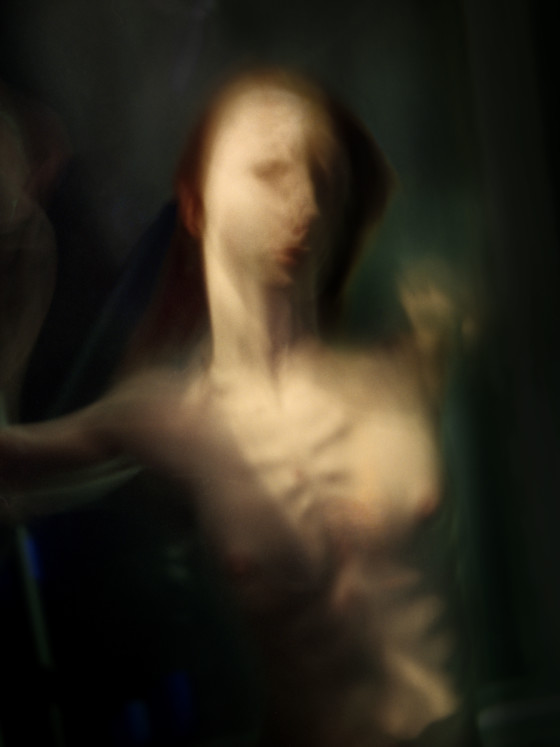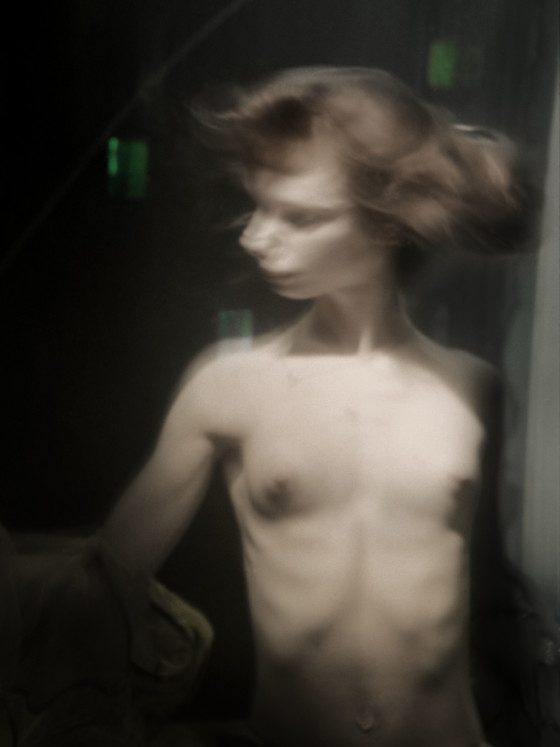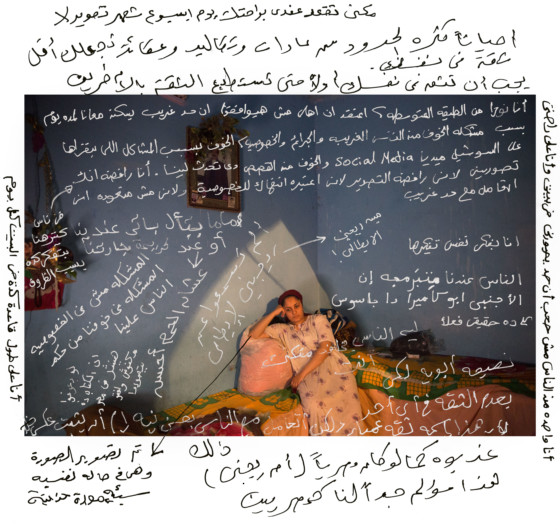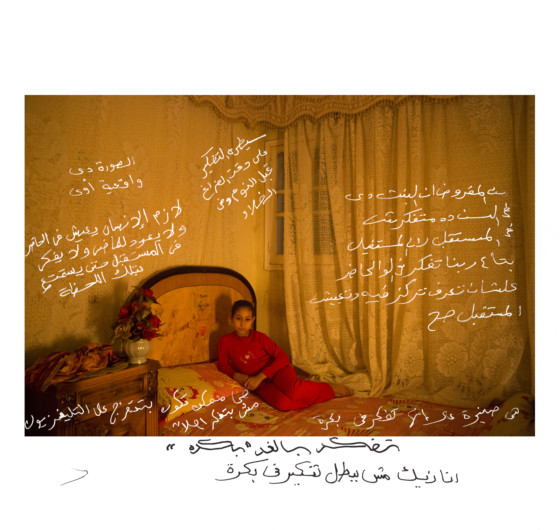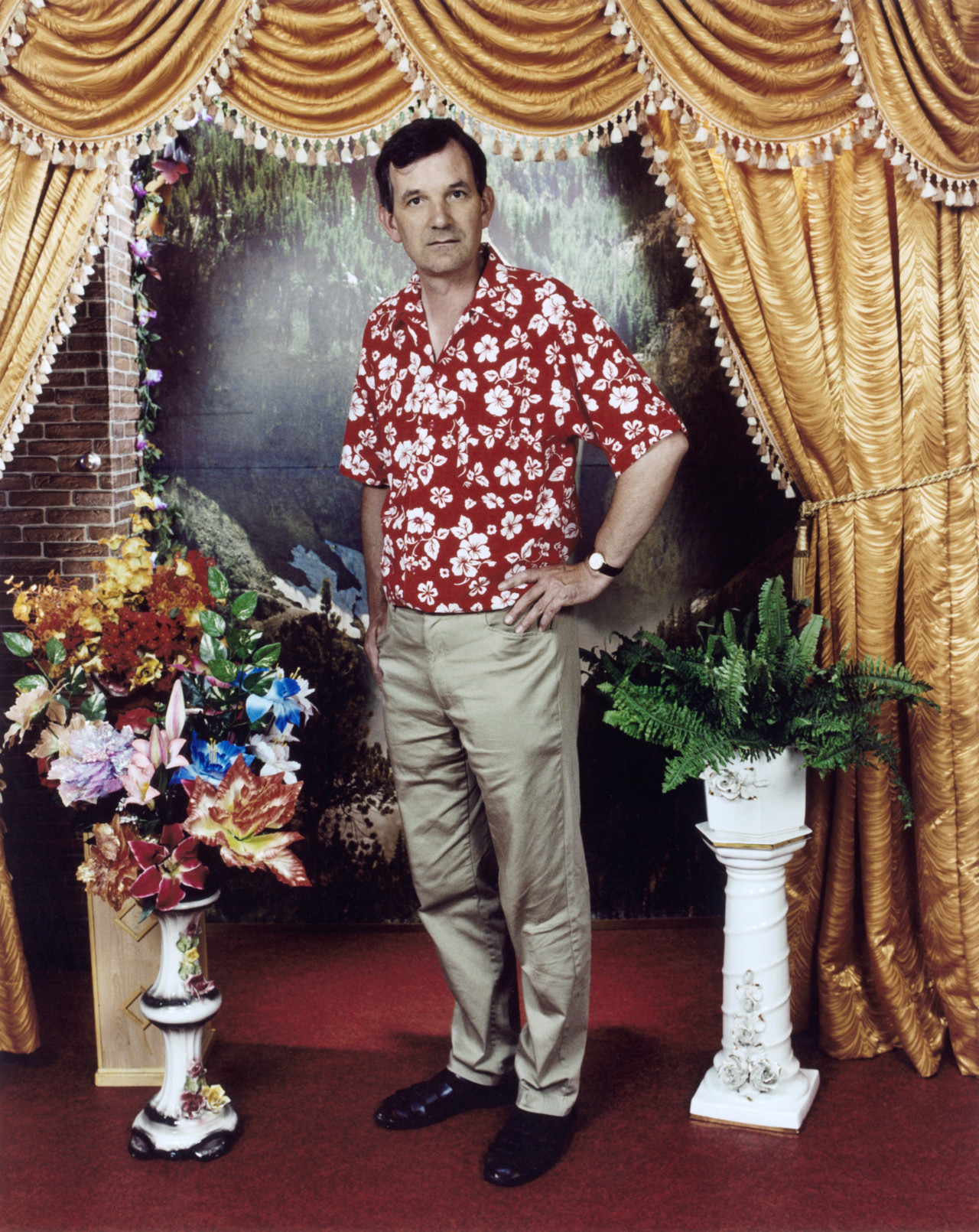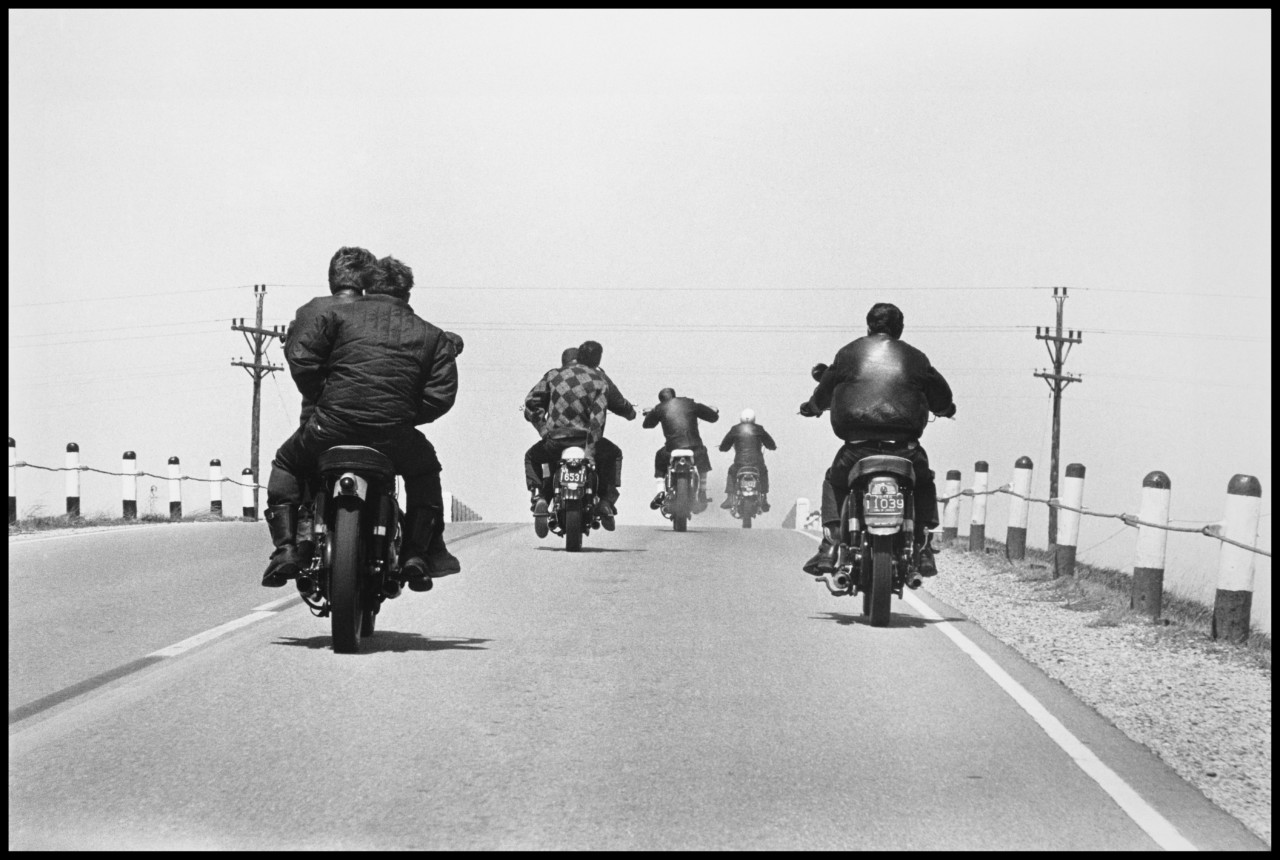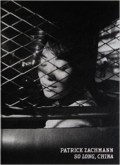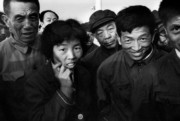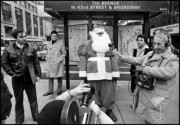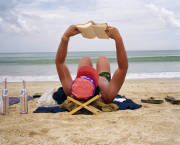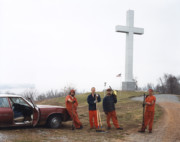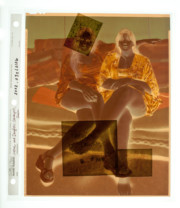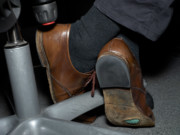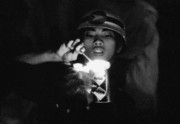Xavier Barral on the Art of Photobook Publishing
The celebrated founder of the eponymous French publishing house reveals the ingredients of a great photobook
Magnum Photographers
The following article, was first published in April, 2018. Barral died at his home in Paris on February 17, 2019.
Since its inception in 2002, Éditions Xavier Barral has continued to originate some of the most incisive and singular photobooks on the market. Its eponymous founder, Xavier Barral, is a force within the industry. Prior to launching the publishing house, Barral began his career as a press photographer and, later became the artistic director of publications such as L’Autre Journal and L’Événement du Jeudi. In 1992, he co-founded the cultural communications agency Atalante, which specialised in creating visual campaigns and collaborating with leading publishers, winning the “Book of Art” prize at the Frankfurt Book Fair.
Over two decades, the publisher has worked with over a dozen Magnum photographers on critically-acclaimed titles, including classics such as Valparaiso by Sergio Larrain, Danny Lyon’s The Bikeriders; Marc Riboud’s Into the Orient, several tomes by Josef Koudelka, Anticorps by Antoine d’Agata, winner of the Rencontres d’Arles 2013 Author Book Award and So Long, China by Patrick Zachmann, recipient of the Prix Nadar. He is also behind Martin Parr’s Autoportrait, On the Frontline by Susan Meiselas, As It May Be by Magnum member Bieke Depoorter, among many others.
Last April, Barral, alongside Magnum photographer Patrick Zachmann, gave a photobook masterclass in Paris. The pair discussed the making of So Long, China, taking participants through the publishing process, step-by-step. Here, Magnum talks to Barral about his lengthy career, the importance of a good working relationship, and his advice to any photographers wishing to publish their work.
How did you become a publisher?
I became a publisher after meeting with artists – it came from a desire to make books for and with artists.
What was your first book with Éditions Barral? How does this first book seem to you now?
Editions Xavier Barral’s first book was Daniel Buren’s Mot à Mot. It’s in fact thanks to my longstanding relationship and complicity with Buren that the publishing house was founded.
What do you look for at first in a photographer’s work, what piques your interest?
Amazement. What I’m looking for is a story, and a point of view, which surprise me. It’s about the story but also the commitment a photographer gives to his work. The risks a photographer takes in making the work really matter to me: it’s fascinating how a photographer manages to lose him- or herself in the work. There is no hierarchy of risk-taking, from a photographer’s point of view, every risk makes sense – whether physical or personal.
"What makes a good book is a rhythm that gives it a beat"
- Xavier Barral
What do you believe makes for a successful photobook project?
It’s a whole, an entity, the coherence of the discourse, the pertinence of the format, the pertinence of an edit, the pertinence of a text, a combination of a number of images, creating a rhythm, guiding the rhythm, the choice of materials. First things first, when we make a book, we start by organizing, by creating an edit. It’s the same as filmic or musical editing; but it’s easier to talk about rhythm, as the rhythm of photographs is very close to that of music. What makes a good book is a rhythm that gives it a beat, laying it down in the right tessiture, a composition that is harmonic. If you begin to play a musical score in the wrong key, it’s all going to go wrong. Rhythm and harmony are essential.
"I need to do this, I need to tell the stories of my life to the people who tell me theirs"
- Raymond Depardon
You’ve worked on several book projects with Magnum photographers. Which are the ones you’ve kept the best memories of and why?
They were all really different experiences, and always singular ones. Making books is a way of penetrating someone’s personal universe. Time spent with a photographer’s work and with the photographer him- or herself can make for very intense moments.Personally, what I like is to go from one very different book to another. I do not share the same things with Koudelka as I might with Raymond Depardon, Antoine d’Agata or Patrick Zachmann. Each takes me on a different journey.
How do you translate the artistic vision of a photographer like Josef Koudelka (or Raymond Depardon, or Susan Meiselas) into a book?
I generally do not try to translate, I try to be as close as possible to the photographer’s work. I try to think about images, paper, rhythm. With Koudelka the pace is hugely important, his photos are very rhythmic, structured and composed. As a rule, my presence in a book must be limited, in fact, I must try to be absent. For example, for Josef Koudelka’s book to become Josef Koudelka’s book, I have to take him on a journey so that he may, himself, translate his own work into book form. Some photographers do this perfectly. Gilles Peress does not need anyone, he has constantly thought about the making of photobooks.
It reminds me of Andrei Tarkovsky’s Stalker (1979). I am like a kind of smuggler, I just put things in place so that the book can be conceived, the materials transformed. It’s imperative to make a book that resembles the photographer; if I made books that look like me, it would always be the same book and it would hold no interest whatsoever.
Over the course of several years, you published Patrick Zachmann’s work in France and China, through several books. What attracts you particularly to this work? And your readers?
There are moments in his work that I find very strong, and others more poetic, but I think that what’s most interesting is the complicity Zachmann and I have built over the years. A friendship is often just like a book. His book on the suburbs is the first one I made with him. At the time, I told myself that I was going to orchestrate his photographs.
When he asked me to make a book out of his Chinese notebooks (So Long, China), it was a real challenge to bring together years of practice. We tried to be as accurate and as close to what he felt as possible, although, at first, I didn’t know the entirety of the work. A book is also a narrative that can be imagined together.
For the publisher, risk-taking means developing a friendship with a photographer, a friendship that may make us want to build something that goes beyond the photographer’s work. Good images on their own aren’t enough. To make a book, the publisher makes a bet that they and the artist will be able to compose hand-in-hand, to invent a story together. There are many variations in the complicity we develop with artists: at times it will be more or less prevalent, and at other times we all get lost in the making of the project. What inspires us the most is the idea of making something that we cannot fathom initially, diving into the unknown.
How does your relationship with an artist like Zachmann evolve over the years?
There is a complicity between us, which sometimes feels bigger than us. I think that there is still something to be created between us. There are photographers with whom it is difficult to build something, which again is a question of rhythm. Practising in the same scale, being in the same key, that’s already a huge part of the collaboration.
"I try to think about images, paper, rhythm."
- Xavier Barral
What advice would you give to young photographers who hope to get published?
The photographer must know what drives her or him. A photographer must know what they’re doing, and what they’re going to do. Do not go see a publisher if you do not know. Even if the idea changes during the process, there must be an initial idea. You have to build something before taking these meetings, have some kind of substance to show, a red thread that connects the work. The commitment made by a publisher is very important so if the photographer doesn’t know where the project is going, a discussion is impossible. It’s about the exchange of ideas; as a publisher, you have to be able to see the beginnings of a possible exchange, and a real, solid, commitment from the photographer. I remember the first book I did with Raymond Depardon, he came with his archives and said, “I need to do this, I need to tell the stories of my life to the people who tell me theirs.” It was easy to see the beauty in the idea.
"Making a book is a way of penetrating someone’s personal universe"
- Xavier Barral
What upcoming projects are you most looking forward to?
The one that will surprise me the most. I’m looking for those images that will raise questions, and for a project that will truly surprise me.


